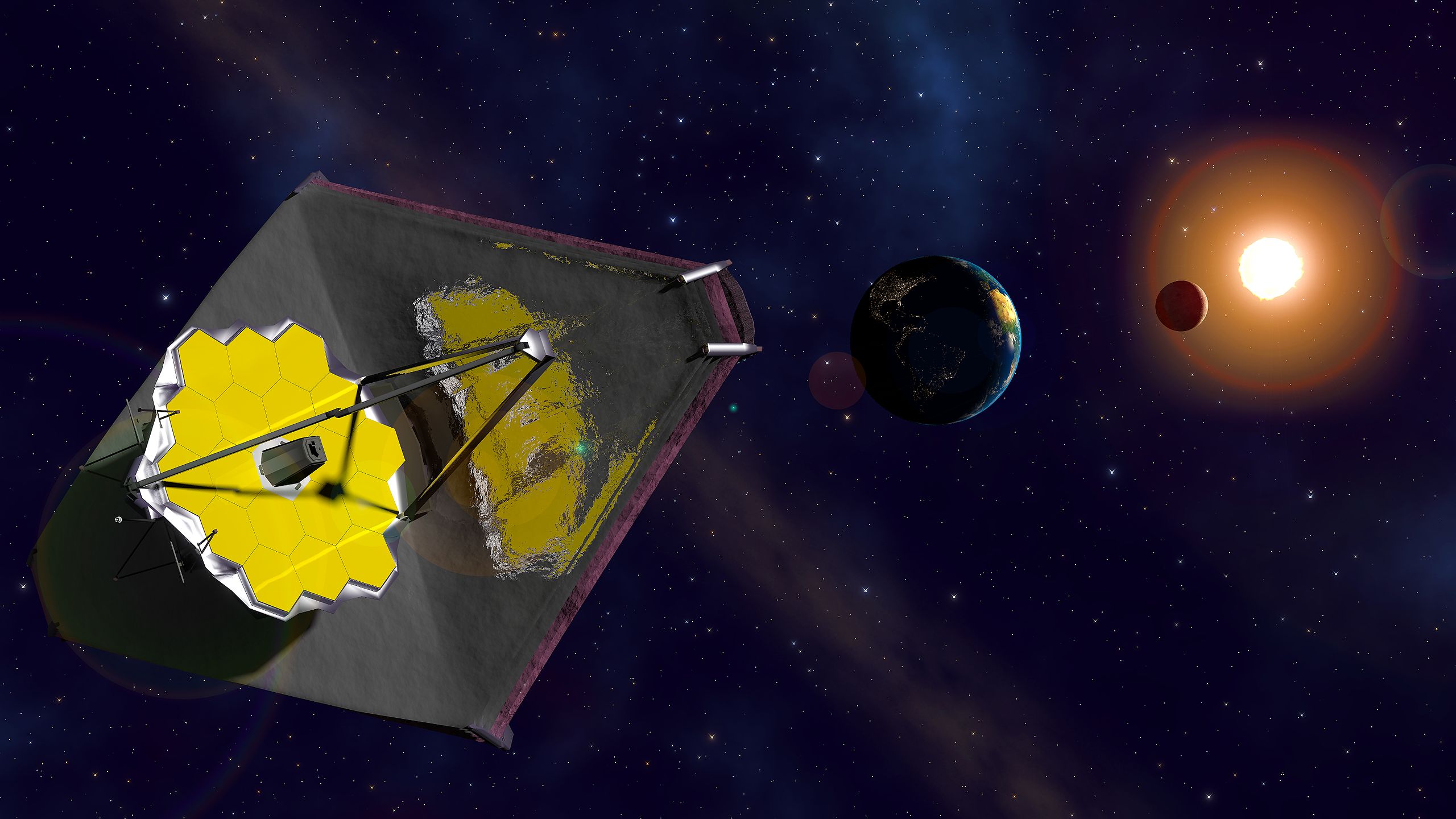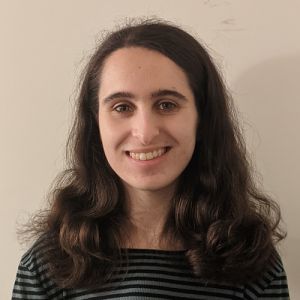James Webb Space Telescope's powers will be revealed in just weeks and scientists can't wait
Mark your calendar for July 12.

BALTIMORE — The James Webb Space Telescope's first images are coming soon and scientists can't wait for us to see them.
On Wednesday (June 29), NASA held a media day at the Space Telescope Science Institute (STScI) in Baltimore in advance of the release of the first science-quality images from the James Webb Space Telescope, which will occur during a live event on July 12. NASA scientists and administrators gave updates on the telescope, discussed Webb's planned science during its first year in operation and hinted at the contents of some of Webb's first official images.
"In a real sense, we're sort of the first users of the observatory and using it for what it's built for," Klaus Pontoppidan, Webb project scientist at STScI, said during the news conference. "We recognize that we're standing on the shoulders of all the scientists and engineers who've worked hard for the past six months to make this possible."
Live updates: NASA's James Webb Space Telescope mission
Related: How the James Webb Space Telescope works in pictures
Although NASA has already released a few images taken while aligning Webb, the images released on July 12 will be from a fully operational observatory, in full color, and they will show what each of the instruments on the telescope can contribute to science.
These first images will include a deep-field image peering farther into the past than ever before, scientists said during the briefing. NASA will also release Webb's first spectroscopic data — precise data on the type of light that Webb detects that will allow scientists to learn more about the ingredients of distant cosmic objects. This data will include Webb's first spectrum of an exoplanet, scientists said. While the images will be visually spectacular, the new information they reveal using Webb's infrared-observing powers will distinguish them from images taken by other telescopes.
"The real difference is the new scientific information and then really opening up the longer wavelengths, infrared wavelengths in a way that we've really never seen before," Jonathon Gardner, deputy senior project scientist for Webb, said during the news conference.
Get the Space.com Newsletter
Breaking space news, the latest updates on rocket launches, skywatching events and more!
Each of the four instruments on Webb, including its main camera, two near-infrared spectrographs and a mid-infrared camera and spectrograph, will contribute to notable research in its first year of operation. They will collect data at nearly every scale and timescale, from our solar system today to the birth of our universe. Though scientists can detect radiation from near the beginning of our universe, no telescope has ever been able to detect light from some of the universe's first stars and galaxies. Webb will be the first such observatory.
"The initial goal for this mission was to see the first stars and galaxies," Eric Smith, Webb program scientist at NASA, said during the news conference. "Not the first light of the universe, but to watch the universe turn the lights on for the first time."
Although Webb is already a remarkable feat, its first images represent the start of hopefully decades of science. Webb scientists said they have confirmed that the telescope has enough fuel to carry out science for the next 20 years. Data collected during these years could redefine how we understand our universe.
"This is really only the beginning," Pontoppidan said. "We're only scratching the surface."
Follow us on Twitter @Spacedotcom and on Facebook.
Join our Space Forums to keep talking space on the latest missions, night sky and more! And if you have a news tip, correction or comment, let us know at: community@space.com.

Rebecca Sohn is a freelance science writer. She writes about a variety of science, health and environmental topics, and is particularly interested in how science impacts people's lives. She has been an intern at CalMatters and STAT, as well as a science fellow at Mashable. Rebecca, a native of the Boston area, studied English literature and minored in music at Skidmore College in Upstate New York and later studied science journalism at New York University.









